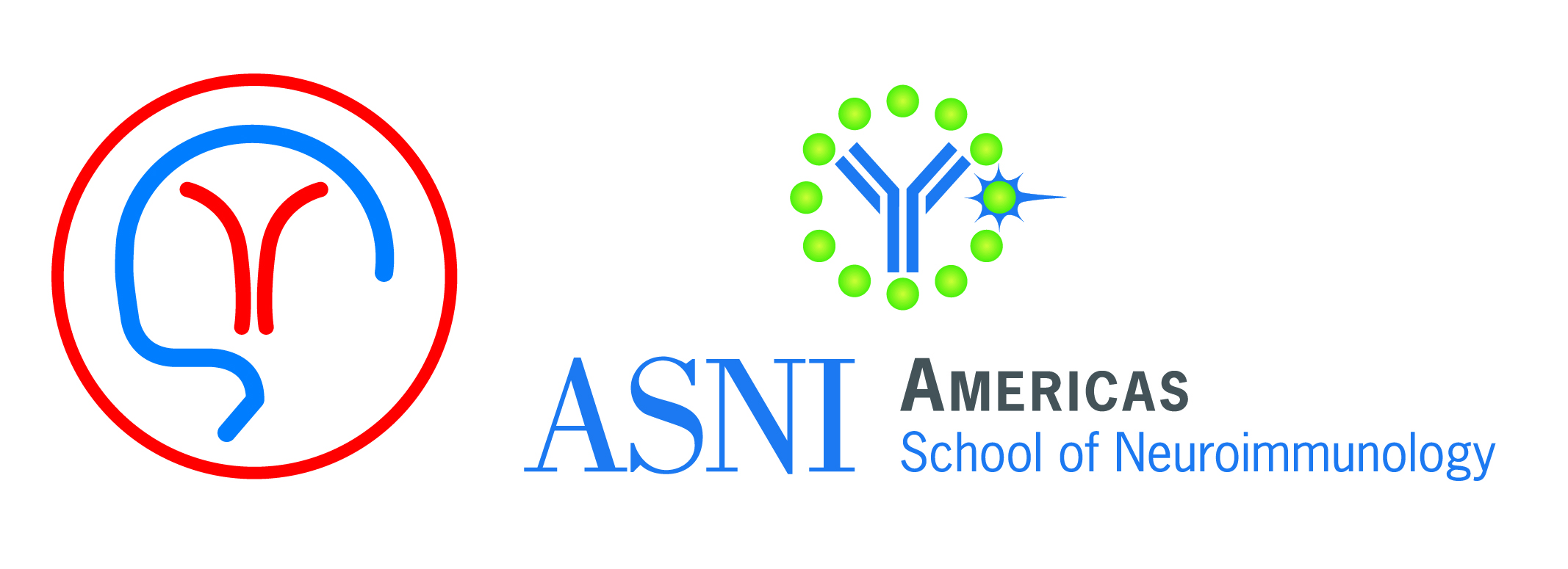Dr. Jessica Rosin PhD

Jessica Rosin, PhD
Tier 2 Canada Research Chair in Immune Regulation of Developmental Programs
Assistant Professor,
University of British Columbia
Vancouver, BC | Canada
Jessica Rosin completed her PhD with John Cobb at the University of Calgary, where she studied the role of regulatory elements in contributing to Shox2 gene function in rodents, with a specific focus on the role of Shox2 during limb, cerebellar, and facial motor nucleus development. For her Postdoctoral Fellowship (PDF) training, Jessica joined the laboratory of Eric Turner at Seattle Children’s Research Institute, where she examined how different regulatory regions act in concert to coordinate proper Hmx1 expression and function during pinna and lateral facial morphogenesis. Upon completion of her first PDF, Jessica switched her focus from gene regulation and transcription factor studies to understanding cellular heterogeneity, and particularly how a single cell type could act in different contexts to shape an organ, such as the fetal brain. In order to ask this question, Jessica joined the laboratory of Deborah Kurrasch at the University of Calgary for her second PDF, where her work has demonstrated that embryonic microglia are critically important for the development of the brain. Jessica has shown that the embryonic hypothalamus is composed of a heterogeneous population of microglia that are altered in a sexually dimorphic manner following gestational stress.
As a Tier 2 Canada Research Chair in Immune Regulation of Developmental Programs and Assistant Professor at the University of British Columbia, Jessica aims to understand how distinct populations of immune cells (e.g., microglia, macrophages, etc.) signal to nearby cells during embryogenesis to contribute to normal development. Her research also aims to determine how exposure to various forms of maternal challenge, such as stress, act through immune cells to negatively impact nearby cells and alter normal developmental programs to result in neurodevelopmental disorders and craniofacial defects.
